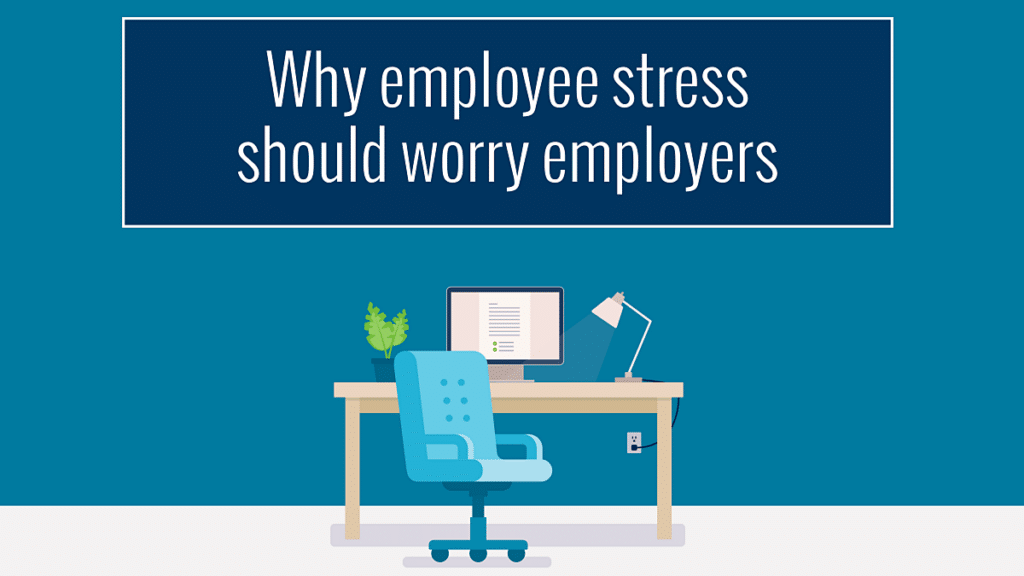Worrying Is a Symptom of Employee Stress [infographic]

One of the recent trends we’re seeing more conversation about is wellness and well-being. Frankly, it’s about time. I’m happy that organizations are realizing that the old saying “Leave your personal life at the office door.” doesn’t and shouldn’t apply.
Employee stress is a real workplace issue. According to a study from Colonial Life, more than 20 percent of workers spend more than five hours on the clock each week worrying. An additional 50 percent of employees said they lose between one and five hours of work to worry each week.
I don’t have to tell you that when employees spend their time worrying, they’re not being productive. And this costs organizations money. The Bureau of Labor Statistics indicates there are approximately 128.5 million full-time employees earning an average of $21 per hour. This means the cost of employee worry is in the billions.
What I did like about this infographic is how worry was separated from the category of stress. I’m not trying to get into a semantics argument, but I do wonder if employees just figure worry is part of being human and don’t take steps to address it before it becomes a bigger issue.
Add to that the number of times an organization feels they’re being transparent or authentic when the reality is their doing “corporate vaguebooking” and adding to an employee’s worries. The infographic says that an employee’s biggest worries come from where? Yep, work.
Bottom-line: organizations and employees need to recognize worry and take steps when necessary to manage it. Some examples include:
- Employee Assistance Programs (EAPs)
- Mindfulness and stress reduction programs
- Financial well-being programs
- Flexible work arrangements
- Paid leave programs, such as parental leave and unlimited time off
My guess is many organizations already offer these types of programs either in-house or as part of a well-being program. If organizations do offer these types of programs, it’s important that employees know they exist and how to access them. An employee might be reluctant to stop by HR and ask about them. Don’t simply mention them during orientation and believe that’s enough. Sending regular reminders about all of the benefits available to employees is the right thing to do.
Ultimately, organizations need to create a work environment that supports employees and provides a psychologically safe place for all. That happens through comprehensive benefits programs and supportive management.
19